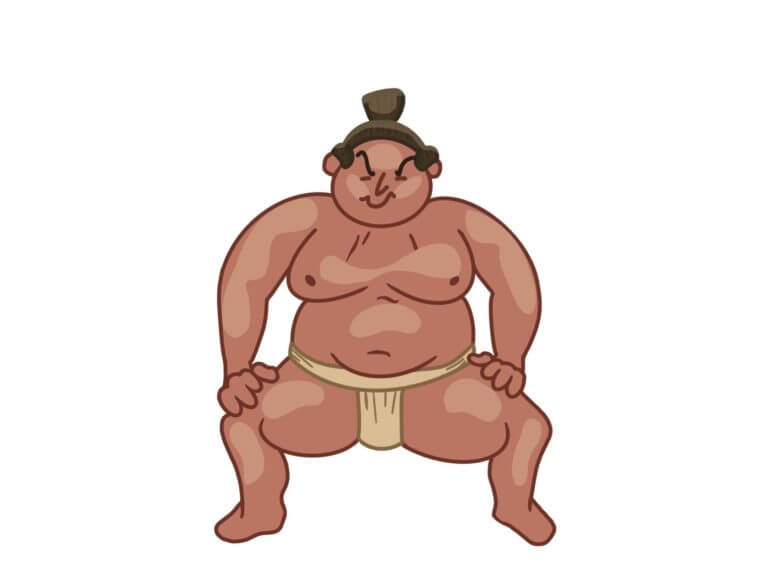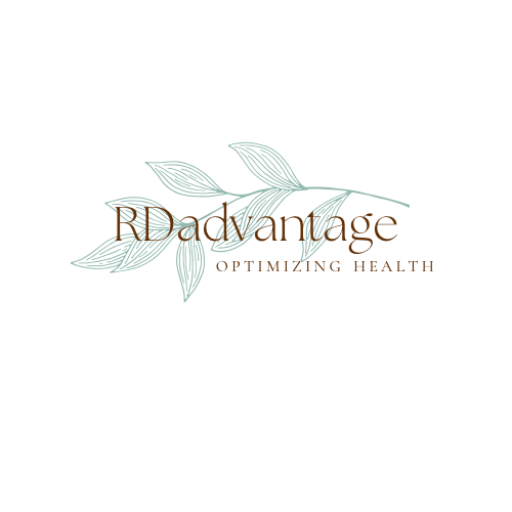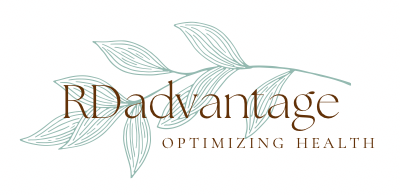Asian Body Type and Diet
Asian people are not known for being obese or having a weight issue, yet diabetes is rapidly on the rise for East and South Asians.
According to Center for Disease Control (CDC), 1 in 5 Americans are walking around with diabetes and don’t know it.
What about Asians? The statistics are worse – 1 in 3 Asians have undiagnosed diabetes!
If most Asians are not being classified as overweight or obese, then why are they at such high risk for diabetes?
Things that make you go hhmmmmm…..
It may be the case that Asians are under the assumption that their BMI is in the normal range. BMI is a calculation to measure body fat based on height and weight. They may look average or “skinny”, but beyond just height and weight, it is more important to look at body composition – how much fat and muscle do you have and where? Location of fat matters too. Keep reading as I explain further.
Asian Body Type:
The Asian body type may be carrying fat on their abdominal region or around their organs which is unhealthy. What this may look like is a “normal” range on the scale but carrying extra fat on the abdominal region.
This body type is called TOFI – thin outside, fat inside. They go to the doctor’s office, get their weight checked, BMI is calculated and if your BMI is between 18.5 to 24.9, then you’re within the “normal” range.
Look at the BMI ranges typically used for adults…
Underweight: < 18.5
Normal: 18.5 to 24.9
Overweight: 25-29.9
Obese: 30+
BMI is not the perfect tool for assessing health. It was “invented” by a mathematician used best for the average Caucasian middle aged male – it’s a starting point.
The truth is, Asians should work on their health before their BMI reaches 23, not 25.
Asians who reach a BMI of 23 should be classified as “overweight”, not “normal” and are at an increased risk for chronic diseases such as hypertension, diabetes, fatty liver, cardiovascular disease and cancer.
Adjusting the BMI chart for specific ethnic groups has been talked about for years now. There are some professionals who acknowledge this, such as the Joslin Diabetes Foundation. On their website, they have a BMI Chart for Asian American Adults where they indicate that a BMI of 18.5-22.9 for Asian adults is within the healthy range – lower than the 24.9 cut off that most BMI calculators would use.
Even though Asians that have the TOFI body type are not considered classically overweight or obese, their body composition could be overfat and under muscled.
Why would Asians have a higher risk of chronic illnesses at a lower weight than their “white” American counterparts? It is because Asians genetically do not have as much subcutaneous fat – the safe place to store fat (fat underneath the skin).
Generally, when Asians have excess calories that need to be stored as fat, it gets stored within the muscles, liver, abdomen, and the pancreas – that’s not healthy. These are places fat should not be stored. When this happens, it puts a burden on their organs and they can’t function efficiently.
In other words, the Asian body type genetically have a low amount of subcutaneous fat to store excess fat.
Did you know?
We are born with a certain number of fat cells and that’s about it for the rest of our lives. You can manipulate the SIZE of your fat cells you were born with by filling or emptying them, but most people can’t increase the NUMBER of fat cells they have.
Well… some people can but it’s not that common in Asians – we can’t all be sumo wrestlers!! Healthy sumo wrestlers can multiply their fat cells to produce active baby fat cells that are metabolically active. Sumo wrestlers can typically eat ~7,000 to 10,000 calories a day, train for 5 hours a day, and yet they don’t have diabetes, hypertension, or cardiovascular disease.
Of course, at some point, even sumo wrestlers will reach their person fat threshold especially if they retire and stop training.

For the typical Asian, they are not born with a lot of subcutaneous fat. They have a low “personal fat threshold” – a term coined by Roy Taylor, MD, which is the hypothesis at which you have reached your fat storage capacity.
Amy Berger, MS, CNS also talks a lot about personal fat threshold and I loved when she quoted someone (sorry – forgot who it was) who said, “The ability to become obese is the price we pay for not being diabetic.”
Personal Fat Threshold:
This explains one of the reasons why diabetes in Asians is sky rocketing and it’s more than calories in vs calories out…so much more. At the same time, you cannot dismiss total calories. Start with what you can change like diet and lifestyle and work with your ancestry, culture and genetics.
Once you have reached your personal fat threshold, then you will start storing fat elsewhere beyond your safe fat stores. Again, Asians have a low personal fat threshold. It’s like having a college dorm size fridge to store food versus an industrial sized fridge.
I’m sure there are many Asians on a high fat, low carb “keto” type diets and doing well. That’s great. Just be open and realize everyone is different and generally speaking, Asians who don’t have the capacity to safely store fat subcutaneously, would benefit eating what their ancestors ate, which is to eat a reasonable amount of food, and certainly not empty calorie carbs like the 80’s and 90’s “low fat, high sugar” diets.
Calories:
Any excess calories that are not used will be stored, and if you exceed your capacity to store the extra calories in their designated safe places, then you could get into trouble. So, use it or store it.
What does a traditional Chinese diet look like?
The Traditional Chinese Diet is mostly higher fiber, nutrient dense, low-fat diet with macronutrients looking something like this:
60-70% carbohydrates (mostly from cooked vegetables, some starchier complex carbs like rice)
20% fat
10-20% protein
Low fat, high carb:
Low fat, high carb asian eating, as I mentioned earlier, is not eating empty carbs like pasta and bread, but more about eating similarly to what our ancestors ate – lots of cooked vegetables, some complex carbs, and a bit of protein and fat. This way of eating is high in fiber and nutrient dense. I don’t want to vilify any foods so I won’t say that pasta and bread are “bad” food. Asians eat rice! Remember that you want to eat mostly nutrient dense foods.
In my clinical practice, I am seeing less TOFI Asians and more who are classically defined as “overweight” with bmi of 25-29.5 and with a larger waist circumference associated with a higher risk of chronic illnesses such as hypertension, diabetes, and cardiovascular disease.
Look at Okinawa, Japan. Okinawans eat lower fat, high nutrient dense carbohydrates and they are one of the blue zones – places where there are higher number of centenarians, people who live to 100 years old.
In a 2015 paper from Nutrients, it was reported that Asians are eating away from what their ancestors. Instead of eating a traditional Asian diet that is higher carb and lower fat diet, more Asians are eating lower carb and higher fat, lower fiber, and lower nutrients overall – worse than American diets! If this is the trend, then it makes sense that chronic illnesses among Asians are on the rise.
What’s the best diet for Asians?
In general, eating what your ancestors ate and eating in a way where you don’t go over your personal fat threshold & staying metabolically healthy so that you can have a long and healthy life is the best way. What that looks like for you may be different for someone else.
Check out how you are doing metabolically with blood work, assess your body composition and look for signs and symptoms.
Get your diet assessed and optimize your lifestyle.
See how your gut is functioning.
That’s it for now.
Check out my next blog to know what else you can do besides diet.
If you want help with an individualized nutrition plan, need guidance or want to know if you’ve reached your personal fat threshold, then you can connect with me here. I can help assess if you are metabolically healthy and see what your next steps are with diet and lifestyle.
References:
1. Ronghua Zhang et al. 2015 June : 7(6):4661-4688. The Difference in Nutrient Intakes between Chinese and
Mediterranean, Japanese and American Diets. Nutrients. ISSN 2072-6643. Retrieved from PubMed Database.
2. Huang F, Zhang J, Wang H, Zhai F, Zhang B. [Pre-packaged foods’ nutritional ingredients analysis among 706 adult residents in cities in China]. Zhonghua Yu Fang Yi Xue Za Zhi. 2015 Feb;49(2):152-5. Chinese. PMID: 26081401. Retrieved from PubMed Database
4. AADI BMI Calculator. Joslin Diabetes.
https://www.joslin.org/patient-care/multicultural-programs/asian-american-diabetes-initiative/am-i-risk/aadi-bmi

Disclaimer
Onki Chan, MS, RD is a Registered Dietitian Nutritionist.
Information contained in this website http://www.RDadvantage.com is provided for general educational purposes only and is not intended to constitute (i) medical advice or counseling, (ii) the practice of medicine including psychiatry, psychology, psychotherapy or the provision of health care diagnosis or treatment, (iii) the creation of a physician patient or clinical relationship, or (iv) an endorsement, recommendation or sponsorship of any third party product or service by the Sponsor or any of the Sponsor’s affiliates, agents, employees, consultants or service providers.
These statements have not been evaluated by the Food and Drug Administration. These statements and products are not intended to diagnose, treat, cure, or prevent any diseases. If you have or suspect that you have a medical problem, contact your health care provider promptly.
